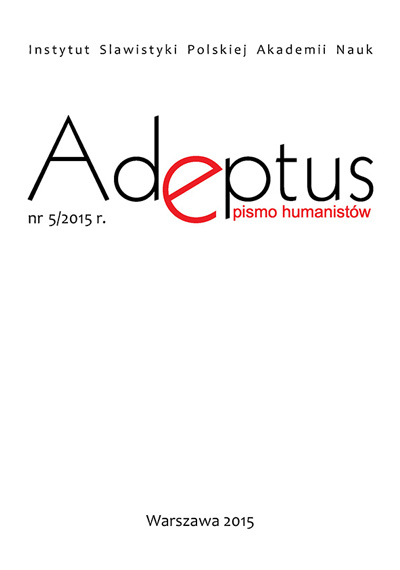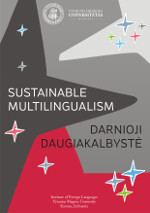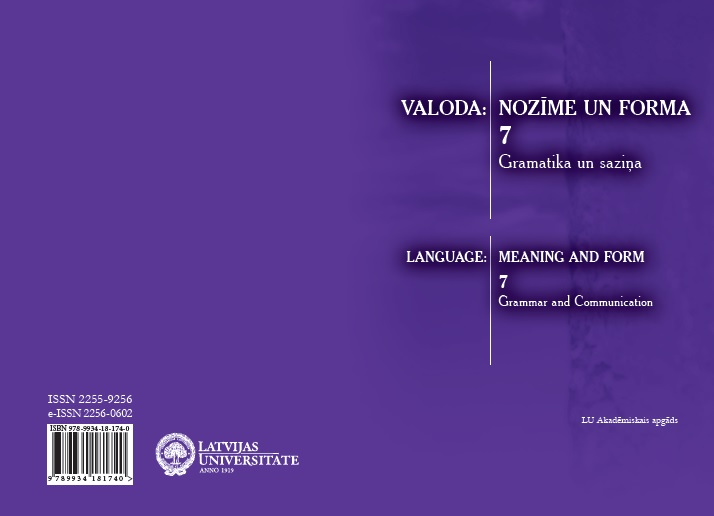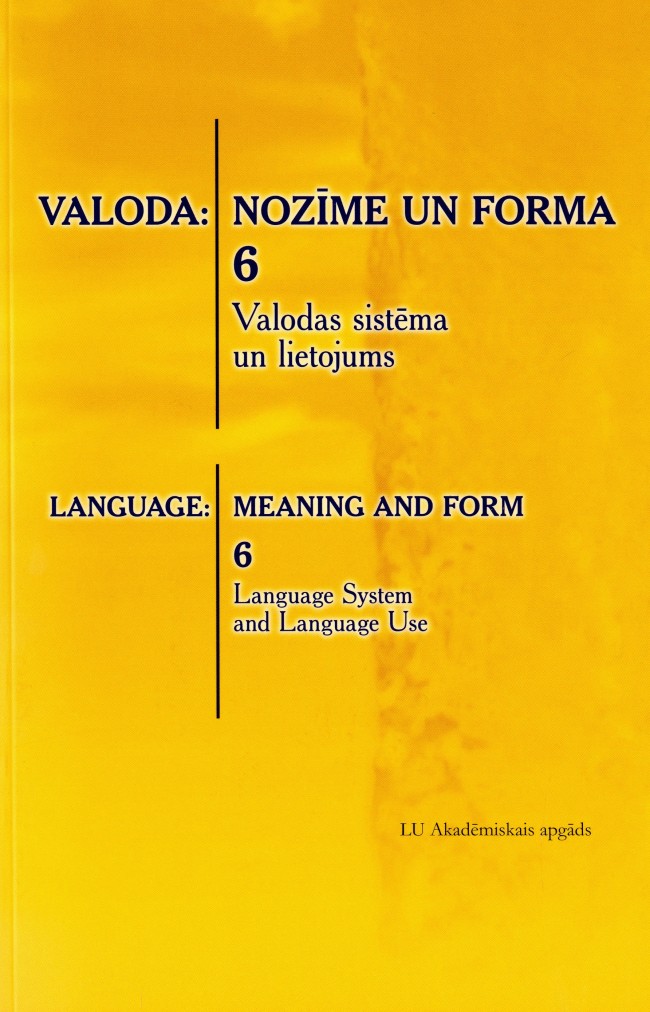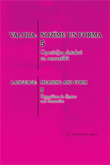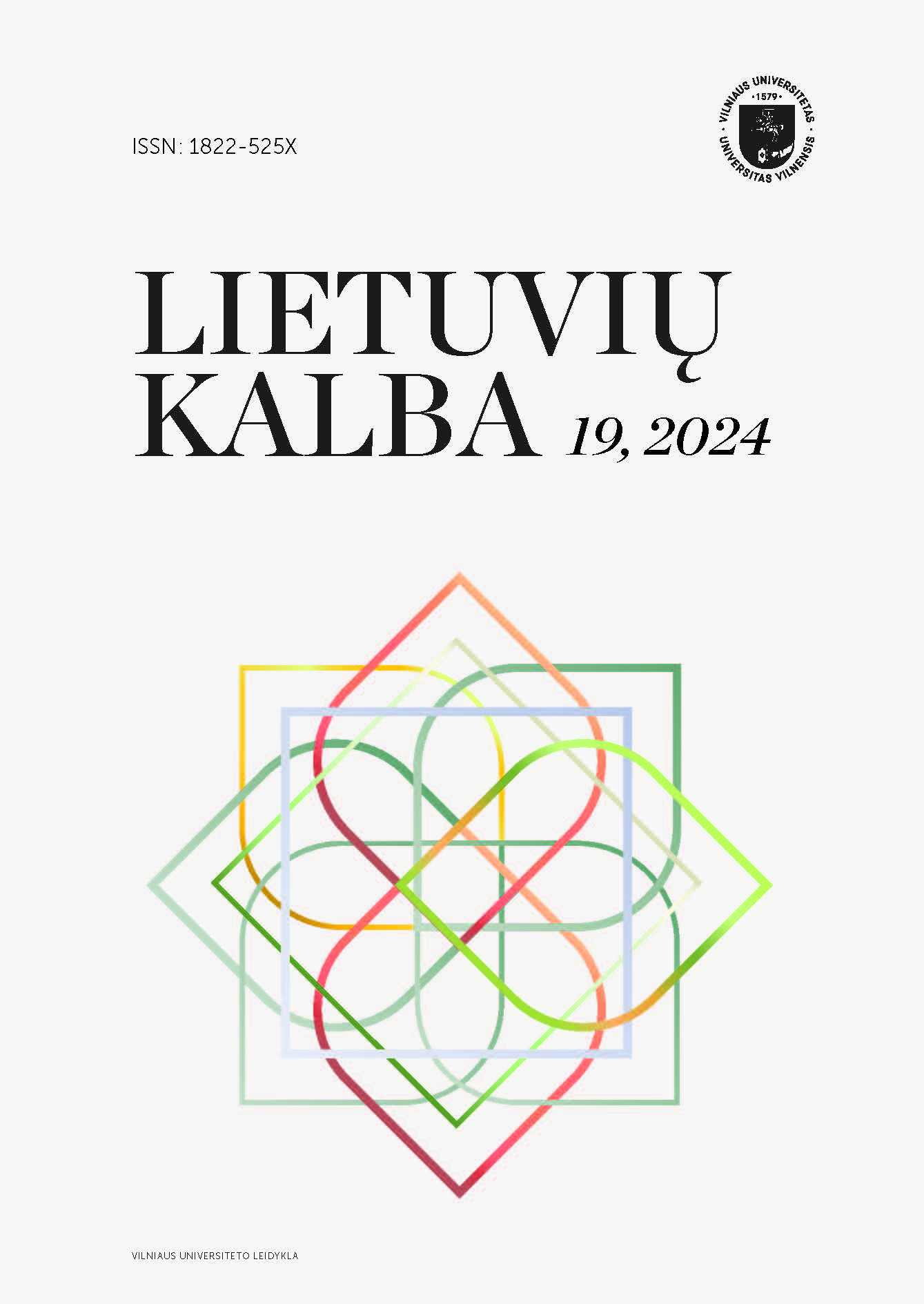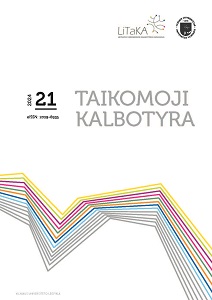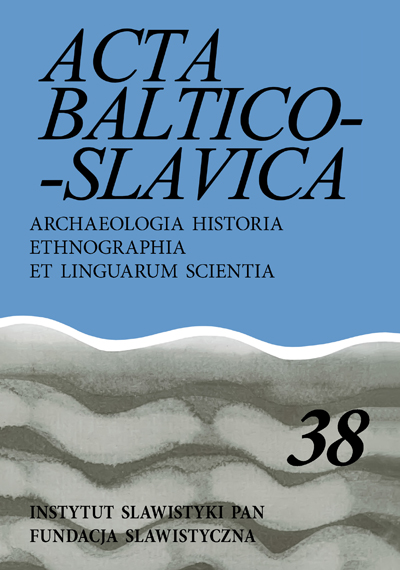
Filologia a tożsamość. Dwugłos polsko litewski o ks. Antonim Juszkiewiczu, twórcy słowników przekładowych
The nineteenth-century lexicographical legacy of Fr. Antoni Juszkiewicz (Antanas Juška) is a common linguistic and cultural heritage of Poles and Lithuanians. The translational dictionaries, made by the bilingual author, document the spoken Lithuanian language (in dialectal and colloquial versions) and, as well, Polish regional language in the contemporary territory of Lithuania in the period of partitions of the Polish Lithuanian Commonwealth. The dictionaries are treated as important sources that provide ethnolinguistic information on two phenomena: - conceptualization of the world by the two nations at the time of crystallization of the Lithuanian identity, - personal vision of the world presented by the lexicographer, the priest, remaining in the situation of a cultural Polish-Lithuanian bivalence. In the mid-19th century the Antanas Juška’s idea of documenting the folk colloquial vocabulary was a new and significant phenomenon in Lithuanian lexicography. The dictionary of Lithuanian-Polish language was a matter of importance for the society. Lithuanians needed the dictionary even more than Poles did. At first the author of this dictionary dedicated his attention to the intellectuals. The brightest minds of that time were going to Polish schools, so the Polish and Lithuanian languages were always used side by side. As a lexicographer, Antanas Juška understood that not only folk colloquial language but also ethnography was an important aspect of national cultural development. For a few decades he dedicated his inexhaustible energy to recording Lithuanian words, phrases, songs and customs of the country. He was attentive to the psychological, historical and traditional aspects of the culture as well as tried to describe the way people expressed their thoughts. Anatans Juška recorded more than 30,000 words of the spoken language. The ‘Lithuanian Polish Dictionary’ in its different editions reflects the state of Lithuanian language in the second half of the 19th century. The words in this dictionary include loanwords, vulgarities and sentences that reflect the difficult human conditions of that time. ‘The Lithuanian-Polish Dictionary’ by Antanas Juška is an important source of lexicography. The remaining manuscript and editorial processes reflect many difficulties leading to the final results. It is an important and valuable source for researching the development of Lithuanian literary writing.
More...
